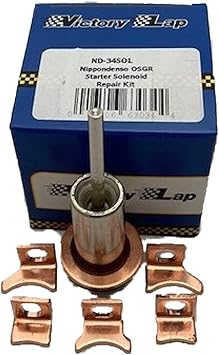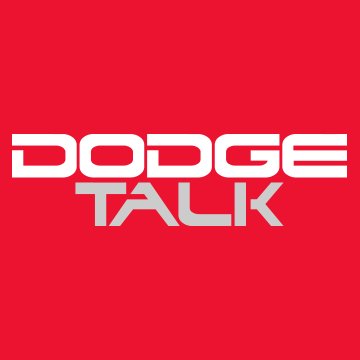I bought the Dorman "starter motor repair kit" from Rockauto a while back and was going to follow these good previous thread instructioins (but some photos gone?):
3.3 liter 96 intrepid denso starter rebuild
None of the kits on Rockauto include the plunger, and the link to the sales listing in the old thread (says "plunger #35") is dead; the URL also said: Nippondenso Denso starter solenoid plunger 035. The 1st Gen Parts Catalog doesn't have the p/n. As I recall there used to be a catalog online of starter plungers by Victory Lap (and others?) but haven't found it yet (Edit: Amazon has their kits but not sure of the the p/n; their fitment listings are often wrong). Anyone know the correct aftermarket interchange p/ns for the plunger or the kits with the plunger (3.3L 1st Gen)? There seem to be various lengths for the same diameter.
Ebay photo (European seller):
![Image]()
My local parts stores including NAPA say they don't have it (and Carquest closed), but some of them are now clueless, so I don't know if that is true. Couldn't find it searching on any of the local parts stores websites. A lot of the listings on ebay look like they may be cheap China-made stuff (when they show a US flag in the listing it usually means China). Also, any tips to add to the above thread on rebuilding the starter?
3.3 liter 96 intrepid denso starter rebuild
None of the kits on Rockauto include the plunger, and the link to the sales listing in the old thread (says "plunger #35") is dead; the URL also said: Nippondenso Denso starter solenoid plunger 035. The 1st Gen Parts Catalog doesn't have the p/n. As I recall there used to be a catalog online of starter plungers by Victory Lap (and others?) but haven't found it yet (Edit: Amazon has their kits but not sure of the the p/n; their fitment listings are often wrong). Anyone know the correct aftermarket interchange p/ns for the plunger or the kits with the plunger (3.3L 1st Gen)? There seem to be various lengths for the same diameter.
Ebay photo (European seller):
My local parts stores including NAPA say they don't have it (and Carquest closed), but some of them are now clueless, so I don't know if that is true. Couldn't find it searching on any of the local parts stores websites. A lot of the listings on ebay look like they may be cheap China-made stuff (when they show a US flag in the listing it usually means China). Also, any tips to add to the above thread on rebuilding the starter?





